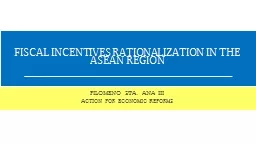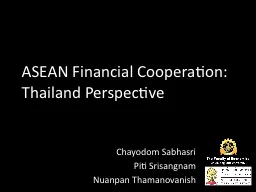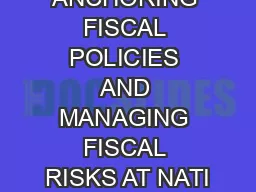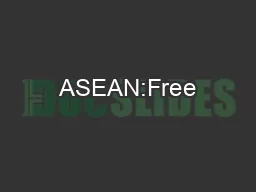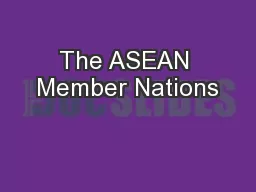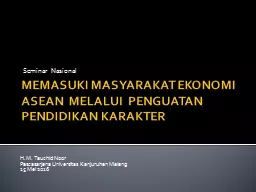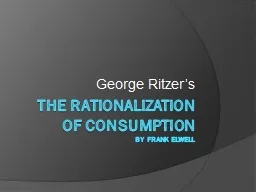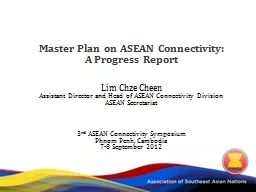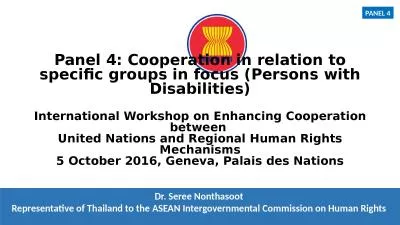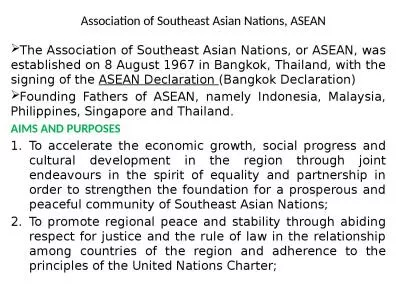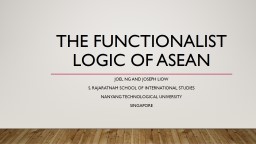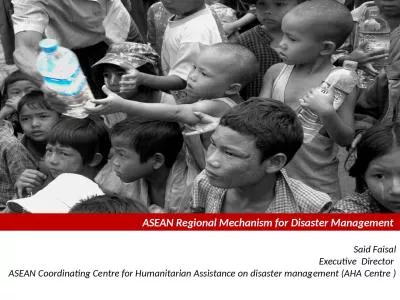PPT-FISCAL INCENTIVES RATIONALIZATION IN THE ASEAN REGION
Author : min-jolicoeur | Published Date : 2016-04-22
FILOMENO STA ANA III A CTION FOR E CONOMIC R EFORMS O UTLINE I Overview of Incentives FI in the ASEAN region II The Prisoners Dilemma III Cost of Fiscal Incentives
Presentation Embed Code
Download Presentation
Download Presentation The PPT/PDF document "FISCAL INCENTIVES RATIONALIZATION IN THE..." is the property of its rightful owner. Permission is granted to download and print the materials on this website for personal, non-commercial use only, and to display it on your personal computer provided you do not modify the materials and that you retain all copyright notices contained in the materials. By downloading content from our website, you accept the terms of this agreement.
FISCAL INCENTIVES RATIONALIZATION IN THE ASEAN REGION: Transcript
Download Rules Of Document
"FISCAL INCENTIVES RATIONALIZATION IN THE ASEAN REGION"The content belongs to its owner. You may download and print it for personal use, without modification, and keep all copyright notices. By downloading, you agree to these terms.
Related Documents

